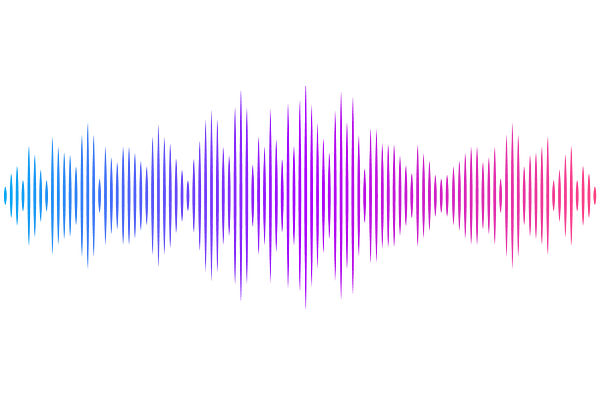A Detailed Analysis of the Milky Way Warp Based on Classical Cepheids

A Detailed Analysis of the Milky Way Warp Based on Classical Cepheids
Xiaoyue Zhou, Xiaodian Chen, Licai Deng, Shu Wang, Jiyu Wang, Jianxing Zhang
AbstractClassical Cepheids (CCs) are important probes for the large-scale warp structure of the Milky Way. Using Gaia DR3 CCs, we establish an optimal time-dependent warp model, where the warp height increases with radius following a power-law, the line of nodes (LONs) exhibit linear twisting with radius, following a leading spiral pattern, and the LONs undergo prograde evolution over time. Structurally, we identify significant warp features in the $5-9$ kpc region of the Galactic disk, where the warp model performs better than the flat model. Beyond 15 kpc, the model with the second Fourier term does not fit the observations well, whereas the model with twisted LONs better matches the data. Kinematically, we derived expressions for the vertical velocities using direct differentiation and then calculated the precession rates for each CC. Our results intuitively indicate a nearly uniform and low warp precession rate of $\omega = 4.86 \pm (0.88)_{stat} \pm (2.14)_{sys}$ km s$^{-1}$ kpc$^{-1}$ beyond 12.5 kpc, in agreement with classical kinematic estimates. Based on these findings, we propose a simple yet comprehensive time-dependent warp model, $Z_{w}(t) = 0.00019R^{3.08}\sin(\phi - (3.87R-41.79 + 4.86t))$, which provides a unified framework for describing both the geometric and kinematic evolution of the Galactic warp. We analyzed the impact of the adopted solar vertical velocity on the inferred warp precession rate and confirmed the reliability of the measured precession rate. In addition, we found that extinction treatment affects the warp amplitude in the inner disk, while its influence on the outer disk warp structure and the precession rate is negligible.